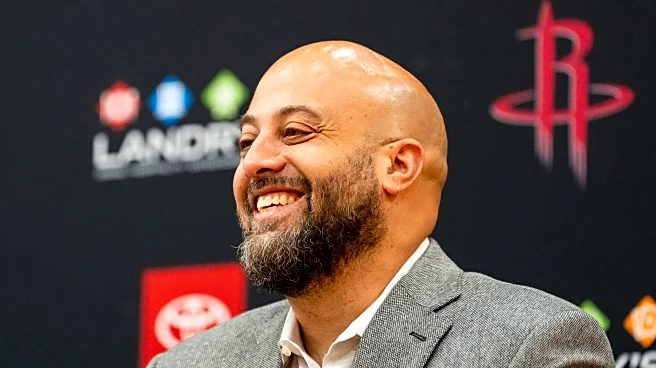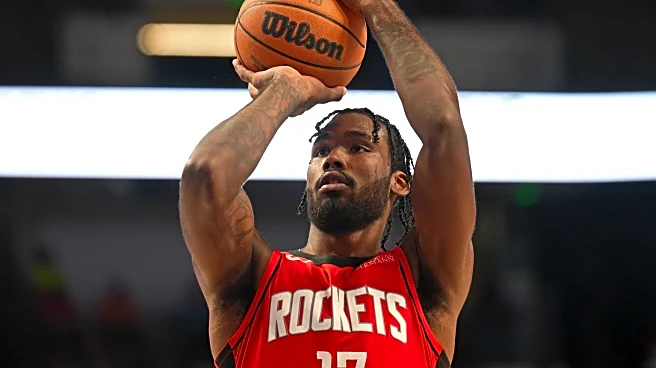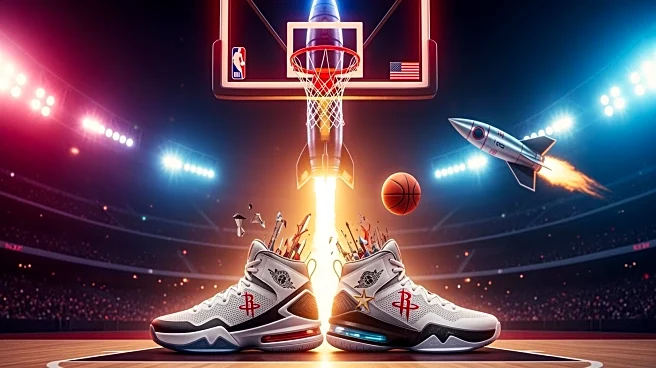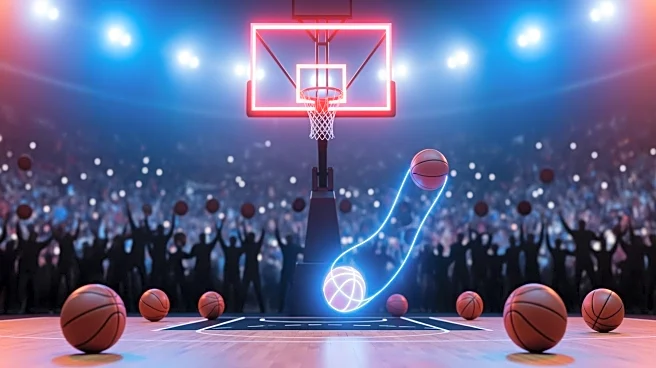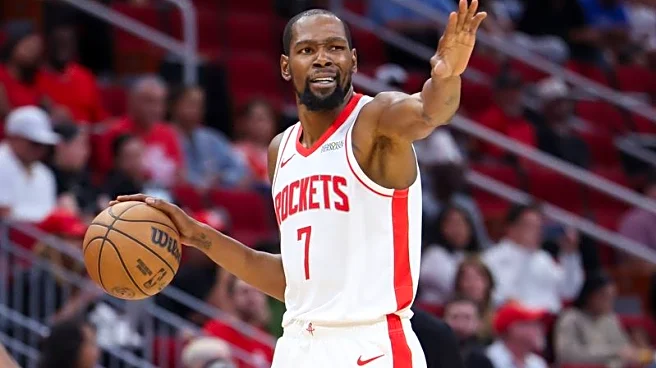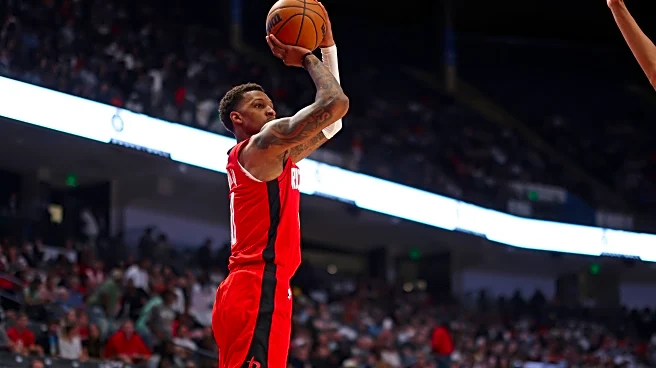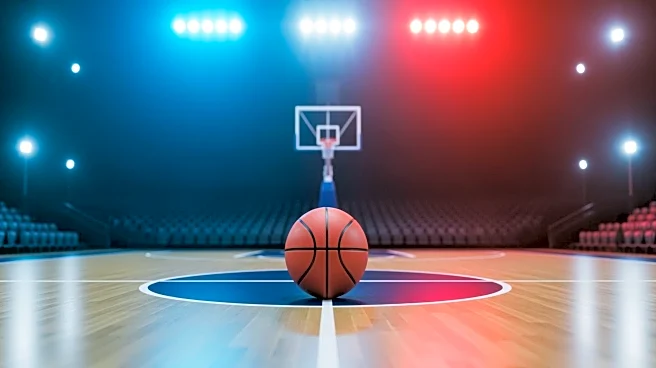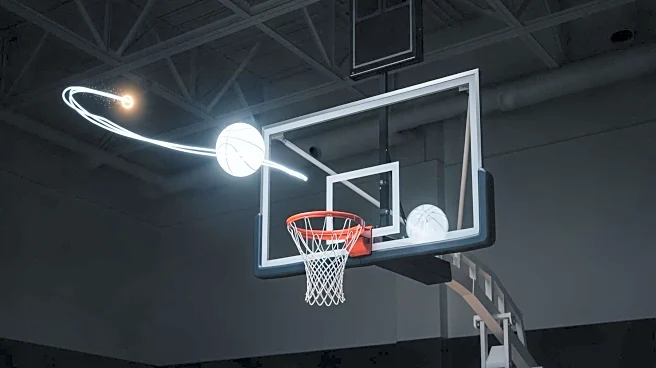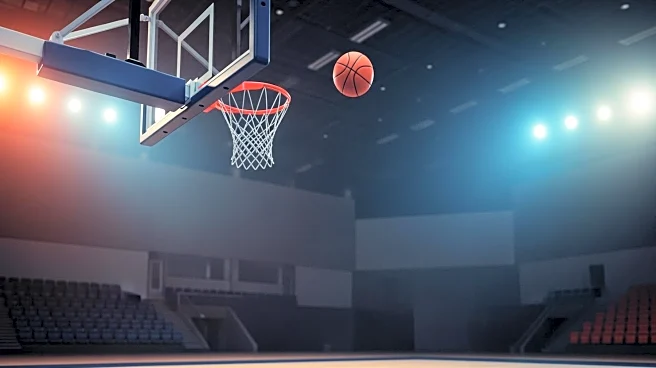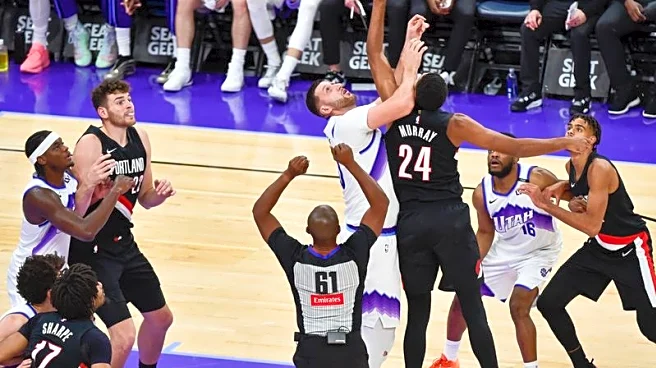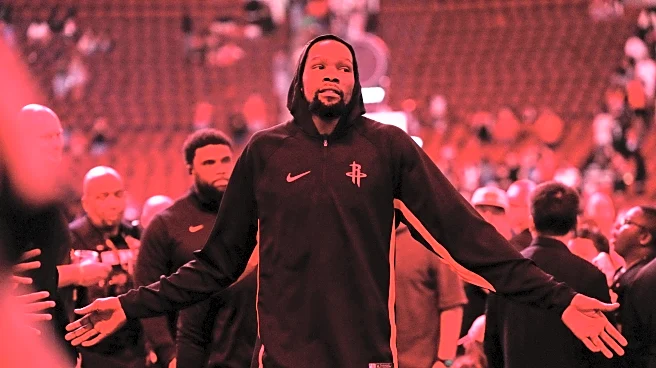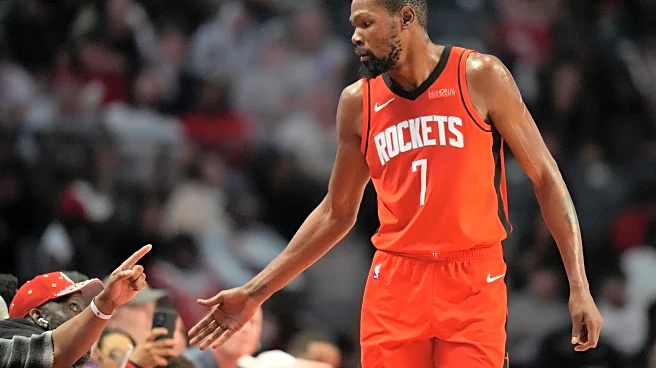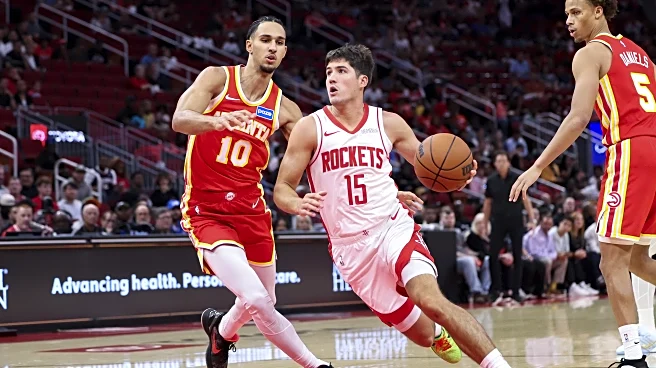The best laid plans of mice and men often go awry.
Let’s narrow the focus to men. The plans of mice mostly seem to be to infiltrate the basement apartments of non-cat-owning humans. Their motivations outside of this endeavor are unclear.
Plans are infamously difficult to make. The best plans aren’t linear. They have built-in contingencies.
A bad plan looks like “A, followed by B, and completed with C”. A good plan is, to the eye, messier:
“If A, then B, but if C, either D or E, depending on F. If G,
either H, I, J, K, unless L, M, N, or O.”
Halfway through the alphabet feels far enough.
The Houston Rockets had a plan. Tank for three years, then pivot hard. Develop organically, unless accelerated team progress and stunted individual progress collectively necessitate a trade.
That’s what happened. Jalen Green wasn’t ready to be a lead scorer on the caliber of team the Rockets were becoming. So they flipped him for Kevin Durant. Given the minimal cost, it was a good decision:
But it shouldn’t be the modus operandi moving forward.
Rockets should still prioritize youth
This article, as many great articles ought to be, was inspired by Tari Eason.
His extension is pending. So is Kevin Durant’s. It may sound counterintuitive, but if the Rockets had to pick one, it ought to be Eason. To let him walk in favor of retaining Durant would be too significant of a deviation from drafting and developing a core.
Confession: Salary cap machinations are not my bag. As far as I understand, it should be possible to keep both. It will presumably make it difficult to retain Amen Thompson, who (obviously) ought to be the top priority among these three players.
Let’s assume retaining all three is possible. The conversation is broader. This is a Rockets team with a cache of future first-round picks:
They shouldn’t be rushing to trade them all.
Rockets should lean into their drafting acumen
Alperen Sengun at 16. Tari Eason at 17. If we pretend that Rafael Stone didn’t choose Jalen Green over Evan Mobley, his draft record is strong.
It’s admittedly too early to look into the 2029 draft. Side note: Eric Dampier Jr. is currently a highly-rated prospect. Does everyone else feel like legacy players give them a sense of temporal alignment? Will a third Eric Dampier find his way into the NBA before I leave this realm?
That said, we can start thinking about 2027. If you think that’s exclusively the domain of armchair scouts on X, you’re not aware of how many of X’s armchair scouts landed NBA jobs this summer.
As it stands, Notre Dame’s Tyran Stokes is atop the field. He’s a 6’7″ wing with a 7’0″ wingspan who’s presumably still growing. Stokes looks the part of a shot-creating two-way wing that’s highly coveted in today’s league.
Yet, the Rockets don’t have to land the top pick (via the Suns). Recall Rafael Stone’s draft record. The middle of the draft is a sweet spot for him. Finland’s Miika Muurinen (pronunciation: Meeeeeeee-kah Moooooooo-rin-en, I think) is a 6’11” wing with remarkable coordination.
Perhaps you hate looking at prospects two years out. Valid. The point is this: there’s always young talent coming into the league. The Rockets have the assets to bring that talent in.
If you haven’t noticed, the league is changing. The superteam is dying. Depth, team philosophy, and cohesion are ruling the day. Talent will always matter, but the recipe for success has gotten more complicated.
That’s not to say the Rockets shouldn’t eventually push all-in. If the right star comes along, that could be the contingency plan. There’s simply no reason for any sense of urgency. For the time being, acquiring Durant should be the exception to the rule. As a rule, the Rockets should be establishing a farm system of young talent that they can develop in unison.
What better plan is available?
